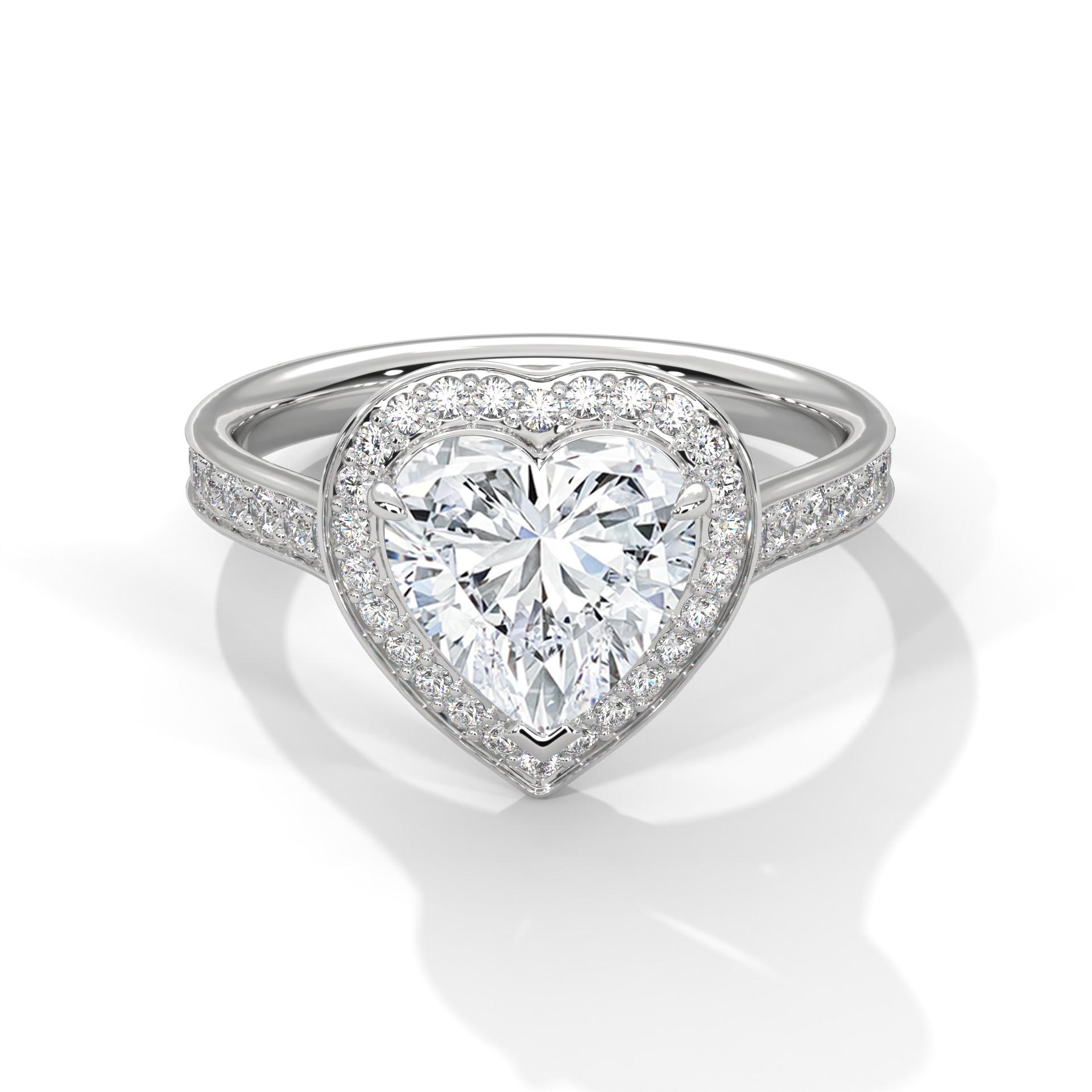The Ultimate Guide to Buying Lab Diamond Rings in 2025

Why Lab Grown Diamonds Are Trending in 2025
Have you noticed how lab grown diamonds are everywhere these days? From engagement rings to celebrity Instagram feeds, lab diamonds are taking over. In 2025, it’s not just a trend—it’s a full-blown shift in how people think about fine jewelry.
The Shift in Modern Jewelry Preference
Today’s shoppers want beauty and meaning. They crave eco-friendly, ethical, and affordable jewelry without sacrificing style. That’s where lab grown diamond rings shine—literally and figuratively.
What Are Lab Grown Diamonds?
The Science Behind Lab Grown Diamonds
Believe it or not, these diamonds aren’t illusions—they’re real. Scientists use two main techniques—HPHT (High Pressure High Temperature) and CVD (Chemical Vapor Deposition)—to replicate what Mother Nature does underground. The result? Genuine diamonds grown in labs.
HPHT vs CVD: How They’re Made
-
HPHT creates high-pressure, high-temperature conditions to form diamonds rapidly.
-
CVD uses carbon gas layers to build perfect diamond crystals.
Both methods produce diamonds with the same chemical makeup and hardness as mined gems.
Are They Real Diamonds?
Absolutely. Organizations like the FTC confirm that lab grown diamonds are as authentic as natural ones. They have the same sparkle, durability, and stellar DNA.
Lab Grown Diamond Rings vs Natural Diamond Rings
Key Differences
-
Origin: Lab diamonds come from labs, natural diamonds are mined.
-
Price: Lab grown diamonds are 30–40% cheaper.
-
Impact: Lab diamonds are eco-friendlier and conflict-free.
Price Comparison
Why pay more? The cost per carat for lab grown diamonds is significantly lower—letting you choose bigger, brighter stones for less.
Ethics and Environmental Impact
Mining can damage ecosystems, displace communities, and require tons of water. Lab diamonds sidestep these concerns, giving you a guilt-free sparkle.
Why Choose Lab Grown Diamond Rings in 2025?
Sustainability and Eco-Friendly Appeal
Worried about your carbon footprint? Lab-grown diamonds require far less water and land. Some are even powered by renewable energy.
Affordability and Value
Remember that 30–40% savings? It’s a game-changer, letting you channel funds toward experiences, savings, or even charity.
Same Sparkle, More Options
Lab diamonds don’t skimp on brilliance or variety. Fancy an oval-cut or a vintage halo? You can have it—all without compromise.
Engagement Rings Lab Grown: A Smart Modern Choice
Popular Styles in 2025
From oval solitaires to bold halos, engagement rings lab grown are everywhere. Designer brands are crafting them in every style imaginable, from minimalist to statement pieces.
Customization and Personal Meaning
Because lab diamonds are easier to source and craft, customization is simpler—giving you the freedom to design a ring that truly reflects your love story.
Lab Diamonds for Every Love Story
Whether you're vintage lovers, modern minimalists, or glam makeup enthusiasts—lab-grown diamond engagement rings fit every personality (and budget).
How to Buy Lab Grown Diamond Rings Online
Choosing a Reputable Retailer (like ANZ Jewels)
Trust close follows sparkle. Choose retailers known for quality, transparency, and stellar reviews. ANZ Jewels offers certified, ethically sourced rings with gorgeous designs.
What Certifications to Look For
Always demand certification—preferably IGI or GIA. These reports prove your diamond’s authenticity, quality, and value.
Return Policies and Guarantees
Life happens! Ensure your retailer offers flexible returns, resizing, and warranties—especially for a big purchase like this.
Understanding the 4 Cs for Lab Grown Diamonds
Cut – The Sparkle Factor
The cut is the crown jewel of the Cs. A great cut equals breathtaking sparkle, no matter the origin.
Color – How to Pick Your Hue
Diamonds range from icy white to faint yellow. Choose based on your setting (warm metals complement warmer hues).
Clarity – What Inclusions Mean
Lab-grown diamonds often have fewer flaws. But slight inclusions don’t affect beauty, especially in smaller stones.
Carat – Bigger Isn’t Always Better
Carat measures weight, not size. A well-cut 1-carat diamond often looks bigger and brighter than a duller 1.5-carat one.
Lab Grown Diamonds and Ring Settings
Matching the Diamond with the Right Setting
The cut influences setting: round stones fit solitaires, while pears and ovals shine in halos or side-stone rings.
Popular Metal Choices in 2025
Rose gold, platinum, and recycled metals are trending—adding personality and sustainability to your ring.
Ring Styles to Know: Solitaire, Halo, Vintage
-
Solitaire: Timeless and elegant.
-
Halo: Extra sparkle and visual size.
-
Vintage: Artistry and romantic touches.
Conclusion
Buying a lab grown diamond rings in 2025 means choosing beauty, ethics, and value all in one stunning package. You can get a bigger gemstone, design a unique ring, and feel good about your environmental footprint all without compromising on sparkle or style. It’s the smartest way to say “forever.”
FAQs
1: Are lab grown diamonds as valuable as natural ones?
Monetarily, natural diamonds may retain more resale value, but lab grown diamonds offer incredible quality and savings upfront.
2: Can lab grown diamond rings be insured?
Yes! Insurers treat them like mined diamonds. Ensure full documentation of the 4 Cs and purchase price.
3: How can I tell if my diamond is lab grown?
Look for IGI or GIA grading. Labs will specify "lab grown" or "synthetic” in the certificate.
4: Do lab grown diamonds scratch easily?
Nope. They score a 10 on the Mohs hardness scale—just like mined diamonds.
5: Can I upgrade my lab grown diamond ring later?
Yes! Many jewelers offer upgrade policies. Be sure to ask before purchasing.
- Art
- Causes
- Best Offers
- Crafts
- Dance
- Drinks
- Film
- Fitness
- Food
- Παιχνίδια
- Festival
- Gardening
- Health
- Κεντρική Σελίδα
- Literature
- Music
- Networking
- άλλο
- Party
- Religion
- Shopping
- Sports
- Theater
- Wellness



